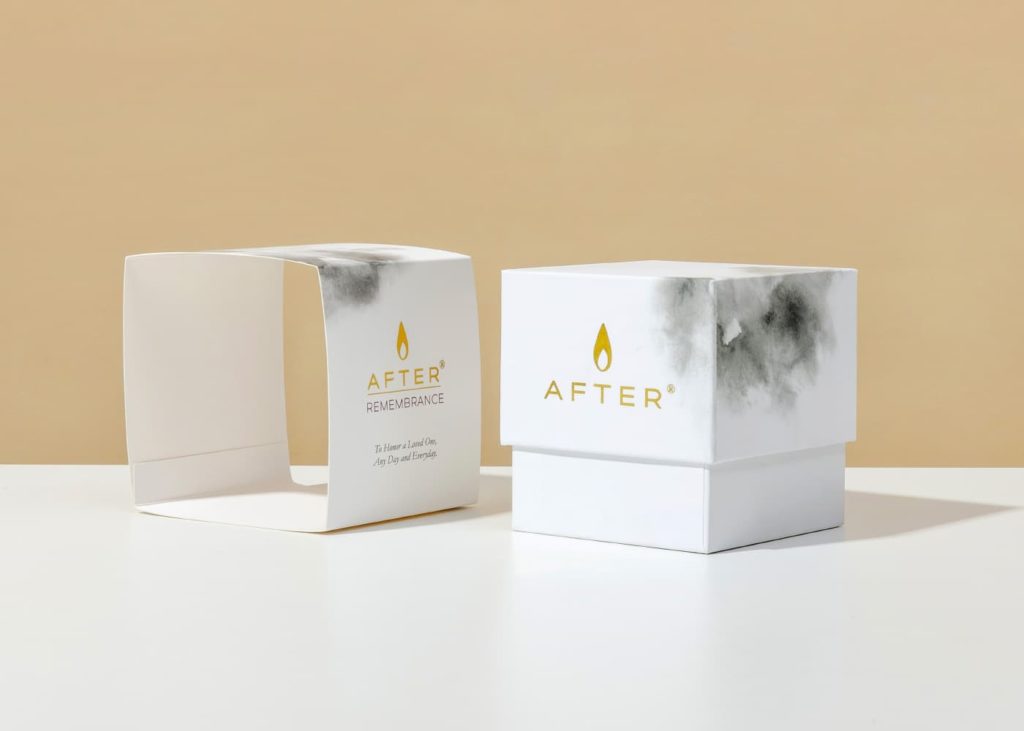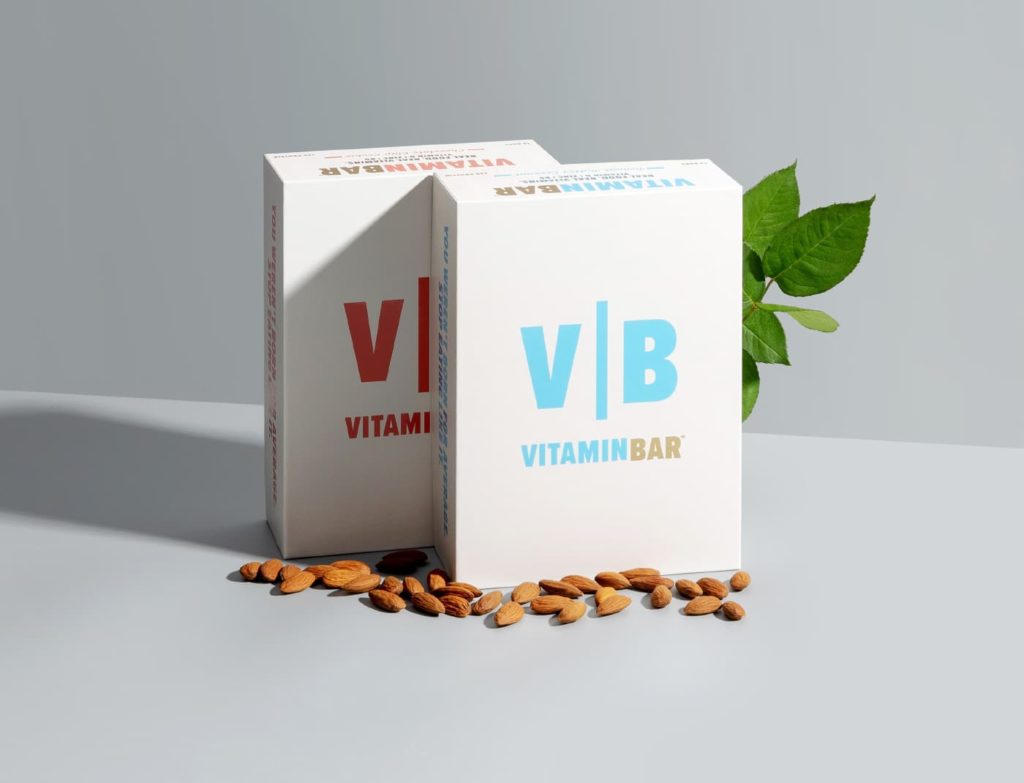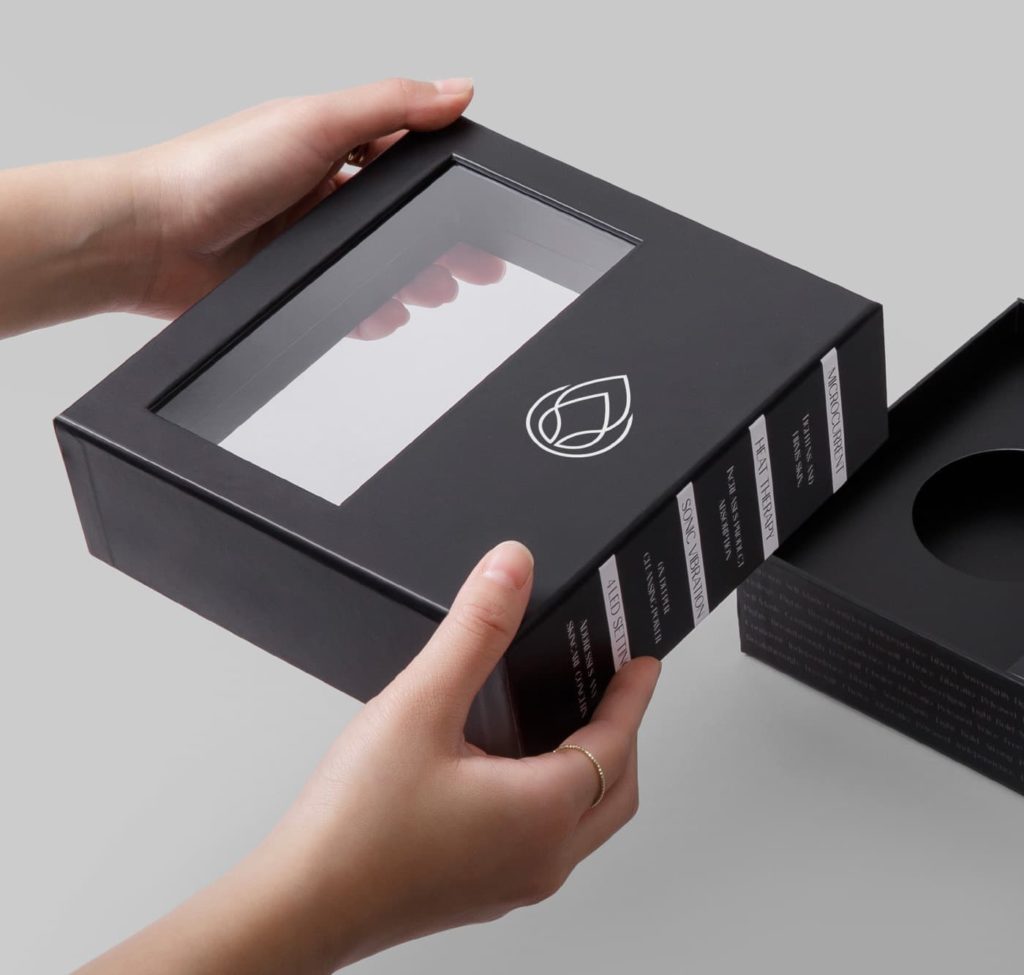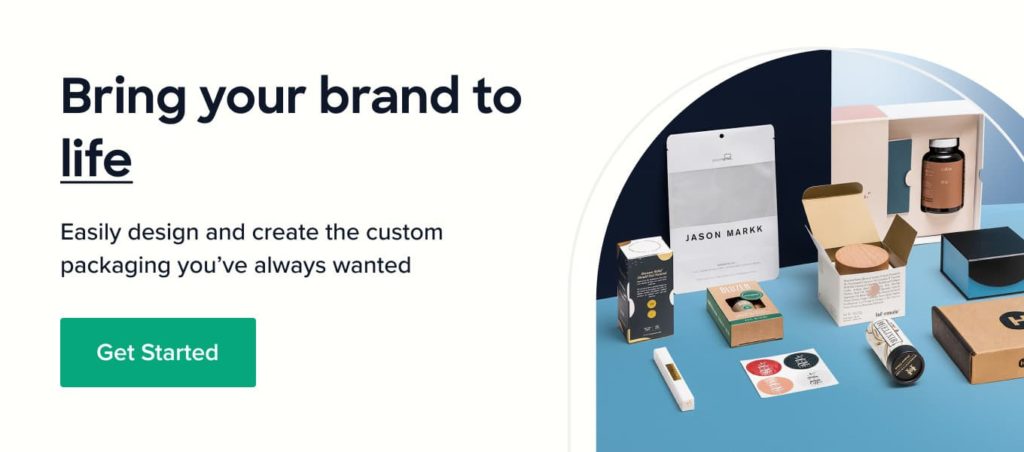Table of Contents
Branding is a combination of experience, perception and reputation that consumers have of your business.
The logo is part of creating an actionable strategy for your brand identity to be recognizable amongst the clutter of hundreds of other brands in store or online.
It is your trademark.
A logo communicates more than just ownership, it communicates the quality of your products or service and the values of your business.
The logo is likely the first interaction potential customers will have with your brand, so how do you make it count?
Types of Logos
The term logo refers to the trademark that represents your brand and products/services.
There are a range of different types of logos including:
- Wordmark – A standalone word or words (eg. Coca-Cola)
- Lettermark – A standalone letter or abbreviation (eg. A for Adobe)
- Symbol – A standalone symbol (eg. Nike swoosh)
- Emblem – wordmark, lettermark or symbol within a designed shape (eg. Harley-Davidson Motorcycles)
Businesses may also choose a combination of these logotypes to use for different purposes.
For example, on your website you may choose to use your Emblem while on social media you may choose to only showcase your symbol.
Choosing 1-3 variations of your logo allows for versatility across any and all marketing channels.
However, it is important to note that all variations should be related and complement each other to ensure your branding increases in recognizability.

A successful logo is one that aligns with your industry and customers.
So really it depends on your niche.
Usually if you are a business that provides services, it is best to stick to a more sleek and simple design to communicate a professional feel.
Wordmarks or lettermarks tend to do best.
Whereas if you are a clothing brand, you may benefit from a symbol logo to easily print onto garments and tags.
A logo builds professionalism and authenticates your brand as reliable.
The logistics behind logos is much deeper than you may think.
Different colors have the ability to appeal to different emotions.
It tells potential customers who you are, what you do and how they can benefit from your brand.
Without having to read articles or reviews, your ideal customer will already get a feel from your brand by looking at your logo.
Why Do Brands Need Logos?
At the end of the day, nobody really cares what your logo looks like, what consumers are looking for is to build authentic connections with the brands they purchase from.
In order for your logo to be successful, your products and services need to provide an experience that aligns with your customer base, the logo is really just there to support it.
The logo is what allows customers to recognize and remember your brand, so that they can tell friends and family about the exceptional experience they had with your product or service.
Logos build a stronger brand presence and professionalism in a world scattered with thousands of different products.

Depending on your niche, your logo has the potential to stand out from competitors and catch the attention of potential customers
It is what makes your brand recognizable.
How to Create a Successful Logo
Logos, especially for small businesses, need to be clear, concise and easy to interpret.
Keep your logo simple enough to scale across any marketing channel you need.
This could include your packaging, website or social media platforms.
The logo should also be a clear representation of what your brand does and how your customers can benefit from it.
This can be showcased through color, imagery, symbolism and typography.
Unlike large brands who have years of brand recognition and huge marketing budgets, smaller businesses have to work harder to differentiate and communicate their brand values.
That’s why the logo is so important to building the foundation to start building brand recognition for your products and/or services.

Make sure you choose typefaces that are clear and easy to read, even when printed onto substrates like your packaging.
Discover the semiotics behind the colors you choose to ensure you are appealing to the right look and feel that your logo aims to communicate.
And lastly, get feedback from your customers.
Whether you are a startup getting ready to launch your brand or an already established business looking to revamp your logo, chances are you already have an idea of who your loyal customer base is.
At the end of the day, you are creating products and services based on their needs, so just ask them what they want to see from your logo!
Customer feedback is extremely valuable in ensuring the success of not only your logo, but your brand and business.
It’s best to work with a graphic designer to help lay the base foundation for your logo.
PakFactory has a dedicated team of packaging designers that can help bring your logo to life across a range of marketing channels!






